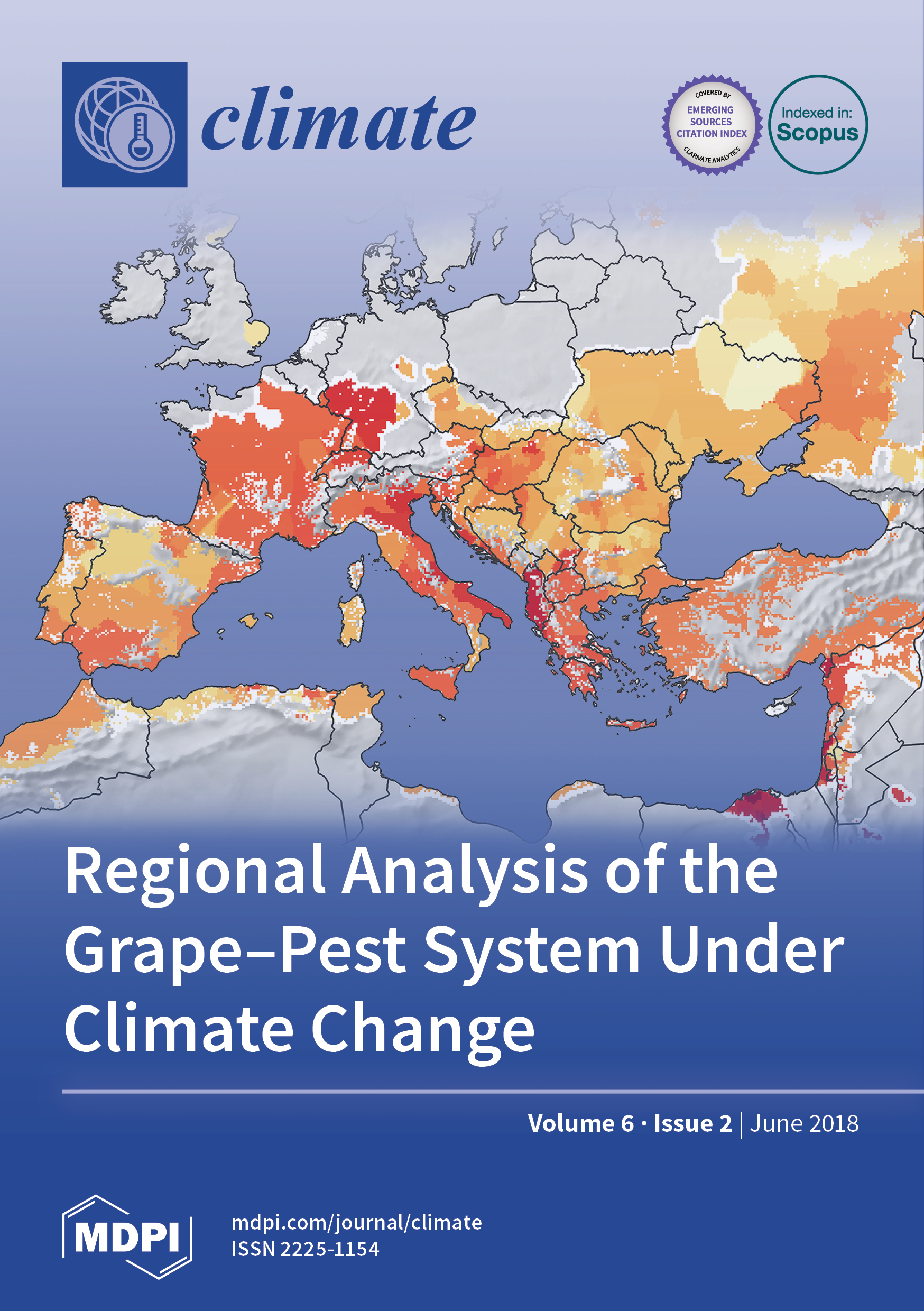Bioeconomic approach to grape under climate change
(This paper made cover story.) Of fruit crops, grape is the most largely cultivated and has the highest economic importance globally; it is part of the Mediterranean bio-cultural heritage that is threatened by climate change. However, the analysis of the climate effects on grape and other crop and natural ecosystems on a regional scale has been vexing. Here, we review how sparse physiologically based demographic models (PBDM) in the context of the geographic information system GRASS GIS can be used to examine the effects of the extant weather and climate change on the dynamics of the interaction between grape and European grapevine moth across the Euro-Mediterranean region. Further, by including management-relevant complexity in a mechanistic way, the PBDM/GIS system provides the basis for a regional bioeconomic analysis of the grape system and a template for similar analyses that require modest data and funding.
Ponti L., Gutierrez A.P., Boggia A., Neteler M., 2018. Analysis of grape production in the face of climate change. Climate, 6: 20. https://doi.org/10.3390/cli6020020 | Open access
Ponti L., Gutierrez A.P., Boggia A., Neteler M., 2018. Analysis of grape production in the face of climate change. Climate, 6: 20. https://doi.org/10.3390/cli6020020 | Open access
 |
| Cover page of Climate, Volume 6, Issue 2 (June 2018). |


Comments
Post a Comment